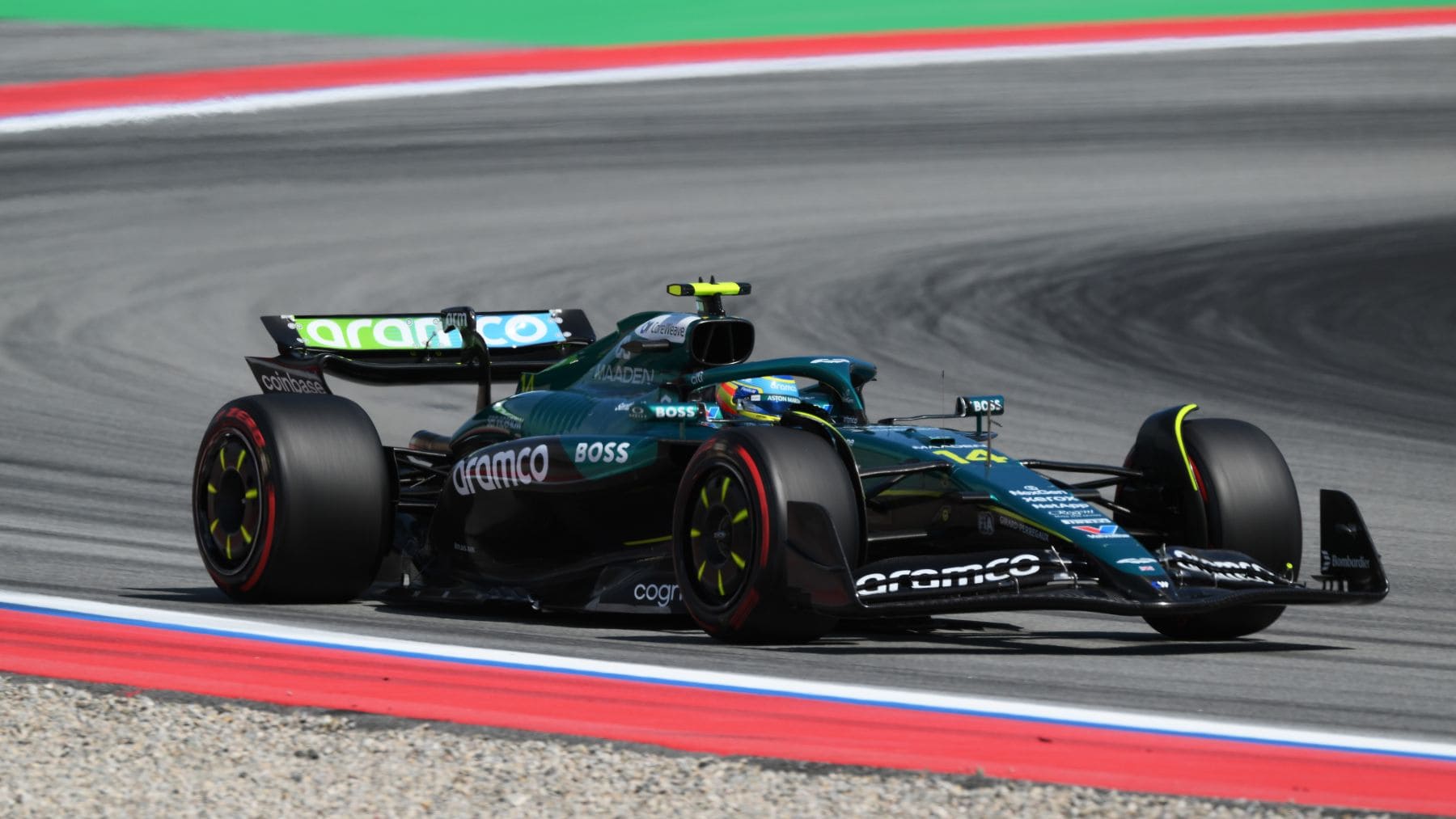Although Aston Martin has managed to climb out of the hole, the weaknesses of the AMR25 remain evident, as demonstrated at the Spanish F1 Grand Prix, where Fernando Alonso‘s top speed was much lower than that of his rivals. However, this is less evident in qualifying, as the Oviedo-born driver has managed to place the car in the top 10 on the grid in the last three World Championship races, and there is an explanation for this.
Improvements to the AMR25, but not as many as expected
The improvements made by Aston Martin at the Emilia Romagna Grand Prix have meant that the team is beginning to make its presence felt in the middle of the grid. After a disappointing start to the championship, fighting not to be the worst car on the grid, Fernando Alonso has managed to get among the best on Saturdays and score his first points of the season.
However, these improvements are not as good as the team had hoped, which expected more effectiveness from the new parts. This was stated by Andy Cowell, the team’s technical director, who acknowledged that “the car took a step forward, but not as much as we had hoped. Although it has more downforce, it still has some characteristics that are not good.”
He was referring to problems on the straights and top speed, where Aston Martin struggles to keep up with the others, as seen in Barcelona, where Fernando Alonso was unable to take advantage of DRS to overtake, although he showed that he has improved significantly in the corners, making overtakes in areas where no one else dared to try.
Mike Krack reveals Aston Martin’s problem
There is a reason why the AMR25 performs well in qualifying but not in the race, and Mike Krack, Aston Martin’s chief engineer, has revealed the problem, which has to do with tire wear, a task that needs to be addressed if they want to improve their pace in the next few races. This can be improved with the aerodynamics themselves, so that the tires are not under so much pressure.
“The difference between qualifying and the race is quite simple. In qualifying, you put on new tires every time you go out on track. That masks a lot of the problems the cars have. This isn’t just for our car, it’s the same for all cars, which is why you see such small differences in qualifying. Because all the weaknesses the cars are having are being masked by the new tires, by the new rubber.”
“As soon as the tires do two laps, three laps, four laps… The weaknesses become bigger and bigger. That’s why you see the cars at the front just go away. That’s why the grid is separating so much.”
A problem with a possible solution
This problem could be solved in the next few races. Aston Martin has already confirmed that there will be new updates, although no dates have been set, but everything suggests that they will arrive at the next F1 Grand Prix at Silverstone, which takes place on the first weekend of July. With this new package, the car’s aerodynamics are expected to improve, giving it more top speed and reducing tire wear during the race.
With this new package of updates, designed to optimize the AMR26 for next season, another push towards the top of the grid is expected, enabling the team to lead the midfield and take on the strongest teams.
There is optimism within the team, things seem to be starting to go well, but it remains to be seen how the AMR25 will perform with these new updates, but there is confidence.

